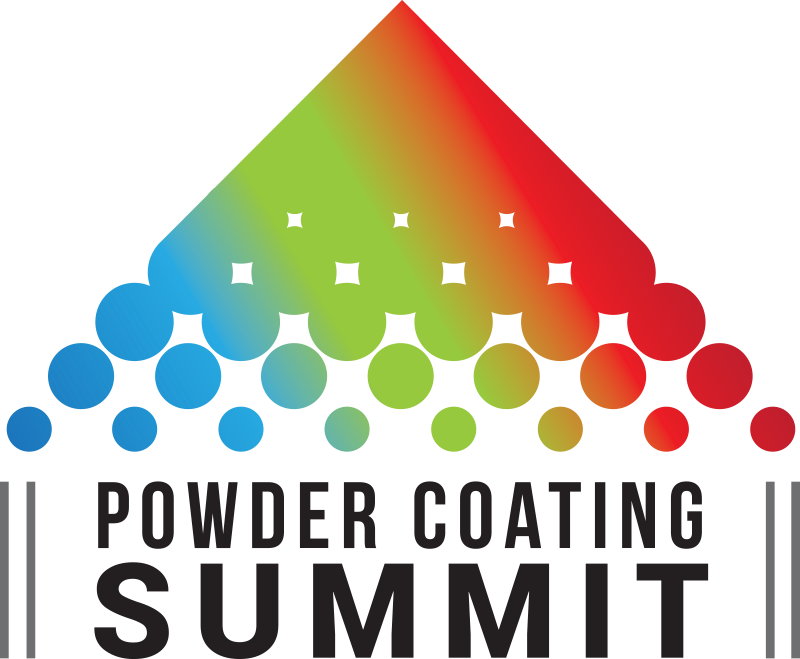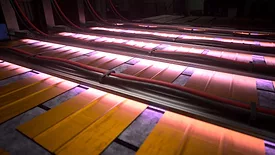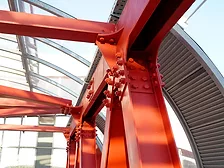Home » Keywords: » Metal Coatings
Items Tagged with 'Metal Coatings'
ARTICLES
Restoring the World’s Largest Art Piece
Villa Regina is an iconic masterpiece with a kinetic art installation designed by Israeli artist Yaacov Agam.
Read More
Keep the info flowing with our eNewsletters!
Get the latest industry updates tailored your way.
JOIN TODAY!Copyright ©2025. All Rights Reserved BNP Media.
Design, CMS, Hosting & Web Development :: ePublishing

-(1).webp?height=168&t=1668413861&width=275)
.webp?height=168&t=1758723332&width=275)







